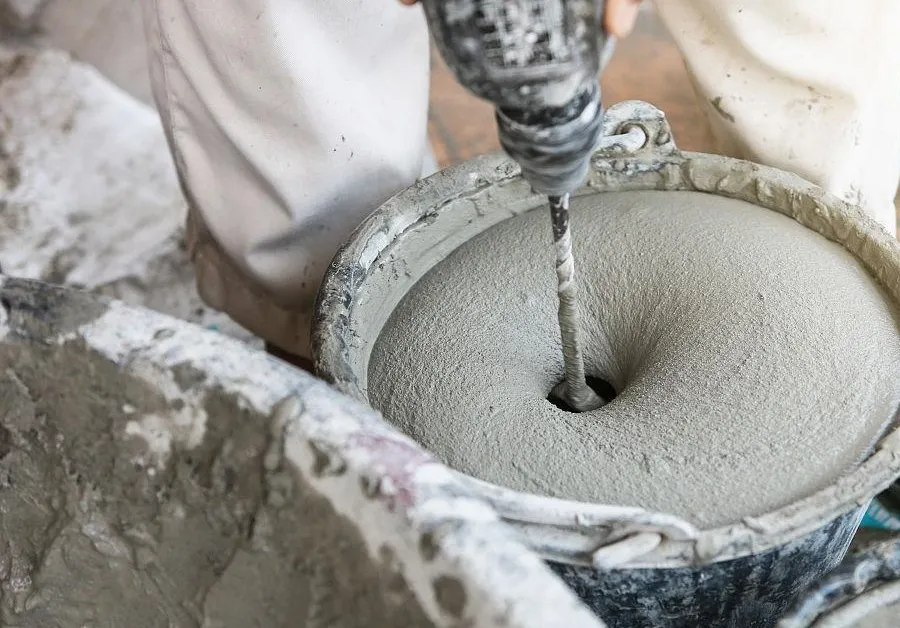
Hydroxy Starch Derivatives: Applications, Types, and Industrial Importance
Hydroxy starch derivatives are widely used in pharmaceuticals, food production, paper manufacturing, and other industrial applications due to their improved functional properties. Among these, hydroxypropyl starch ether, hydroxyethyl starch, 和 hydroxypropyl starch phosphate are particularly well-known. Each derivative has unique physical and chemical characteristics, making them suitable for specific purposes.
Whether used as a food additive (like hydroxypropyl distarch phosphate E1442) or in medicine (such as hydroxyethyl starch IV solutions), hydroxy starches enhance performance by improving solubility, viscosity, and stability. This article will explore the most common types, their uses, and why industries rely on them.

1. Hydroxypropyl and Hydroxyethyl Starches: Structure and Uses
Hydroxypropyl Starch Ether
Hydroxypropyl starch ether is a modified starch where hydroxypropyl groups are introduced into the starch molecule. This modification increases water solubility and improves stability against retrogradation, making it useful in construction materials like tile adhesives, wall putties, and cement-based mortars.
In building materials, hydroxypropyl starch ether improves workability, open time, and cohesion. It is also applied in food systems for thickening and stabilizing soups, sauces, and dairy products.
Hydroxypropyl Starch
Hydroxypropyl starch is one of the most common hydroxy starch derivatives, produced by reacting starch with propylene oxide. It is widely used in processed foods to enhance texture and shelf life. In pharmaceuticals, it can act as a binder, stabilizer, or filler in tablets and capsules.
Hydroxyethyl Starch
Hydroxyethyl starch is produced by introducing hydroxyethyl groups into the starch backbone. It is primarily used as a plasma volume expander in intravenous (IV) therapy. Medical-grade hydroxyethyl starch IV solutions help maintain blood volume during surgery or trauma.
Specialized grades include 6 hydroxyethyl starch, hydroxyethyl starch 130 0.4, 和 hydroxyethyl starch HES, which differ in molecular weight and substitution degree, influencing their pharmacokinetics and safety profiles.

2. Advanced Hydroxy Starch Modifications
Hydroxypropyl Starch Phosphate
Hydroxypropyl starch phosphate combines hydroxypropyl substitution with phosphate crosslinking. This dual modification increases viscosity stability in high-temperature and acidic environments. It is common in food processing for improving freeze-thaw stability and in paper coatings to enhance print quality.
Hydroxypropyl Distarch Phosphate
Hydroxypropyl distarch phosphate is a crosslinked, hydroxypropyl-modified starch often labeled as E1442 in the food industry. This additive stabilizes emulsions, prevents syneresis, and is widely used in canned soups, sauces, and frozen meals. Its high resistance to processing stresses makes it indispensable for manufacturers.
Hydroxyethyl Starch Solution
In the medical field, hydroxyethyl starch solution is prepared in saline or other isotonic carriers for IV use. This solution acts as a colloid, helping to restore circulating blood volume. It is important to select the right formulation based on patient condition, as molecular substitution levels (e.g., hydroxyethyl starch 130 0.4) influence metabolism and clearance.
Hydroxy Starch
The general term hydroxy starch refers to starch molecules modified with hydroxyalkyl groups. Such modifications increase water-holding capacity, thermal stability, and film-forming ability, making hydroxy starches suitable for textiles, adhesives, and biodegradable packaging.
3. Industrial and Medical Applications of Hydroxy Starches
Food Industry – Hydroxy starches like hydroxypropyl distarch phosphate E1442 improve texture, prevent water separation, and maintain product stability during freezing, thawing, and reheating.
Pharmaceutical Industry – Medical-grade hydroxyethyl starch HES products are used in IV therapy for patients needing volume replacement. The choice of hydroxyethyl starch solution type depends on the desired duration of effect and patient safety considerations.
Construction Industry – Hydroxypropyl starch ether enhances mortar adhesion, improves water retention, and provides better workability.
Paper & Textile Industries – Hydroxy starch derivatives are used as sizing agents, coatings, and binders, improving printability and surface strength.
Cosmetic Formulations – Certain hydroxy starches serve as stabilizers and thickeners in creams and lotions, offering natural-origin alternatives to synthetic polymers.
Conclusion: The Versatile Role of Hydroxy Starches
From construction sites to hospital operating rooms, hydroxy starch derivatives like hydroxypropyl starch ether, hydroxyethyl starch IV, 和 hydroxypropyl distarch phosphate E1442 play a vital role in modern industry.
Their adaptability—whether as a hydroxy starch for paper coating, hydroxyethyl starch HES for intravenous therapy, or hydroxypropyl starch phosphate for food stability—makes them invaluable in solving complex application challenges. Understanding the properties of each type allows manufacturers, healthcare providers, and formulators to choose the right product for optimal results.
FAQ – Hydroxy Starch Derivatives and Their Uses
What is hydroxypropyl starch ether used for?
Hydroxypropyl starch etheris used in construction materials like cement mortars and tile adhesives to improve workability, water retention, and cohesion.
What are the medical applications of hydroxyethyl starch?
Hydroxyethyl starch IVsolutions, including hydroxyethyl starch 130 0.4 和 6 hydroxyethyl starch, are used as plasma volume expanders in surgery and trauma care.
What does hydroxypropyl distarch phosphate E1442 do in food?
Hydroxypropyl distarch phosphate E1442improves freeze-thaw stability, prevents syneresis, and maintains texture in processed and frozen foods.
How is hydroxypropyl starch phosphate different from hydroxypropyl starch?
Hydroxypropyl starch phosphatehas added phosphate crosslinking, offering higher viscosity stability under heat and acidic conditions compared to regular hydroxypropyl starch.
What industries use hydroxy starch derivatives the most?
Hydroxy starchderivatives are used in food processing, pharmaceuticals, construction, paper manufacturing, textiles, and cosmetics for thickening, stabilizing, and improving material performance.
-
Understanding Wholesale Gypsum Set Retarder XYSJN1 and Anti Foaming Solutions for Industrial ApplicationsNewsAug.14,2025
-
Understanding Gypsum Retarders and Their Role in Plastering ApplicationsNewsAug.14,2025
-
Understanding Different Types of Antifoaming Agents and Their ApplicationsNewsAug.14,2025
-
Hydroxypropyl Starch Phosphate: A Versatile Ingredient for Hair and Skin CareNewsAug.14,2025
-
A Complete Guide to Gypsum Retarders, Accelerators, and Additives in Plaster ApplicationsNewsAug.14,2025





















